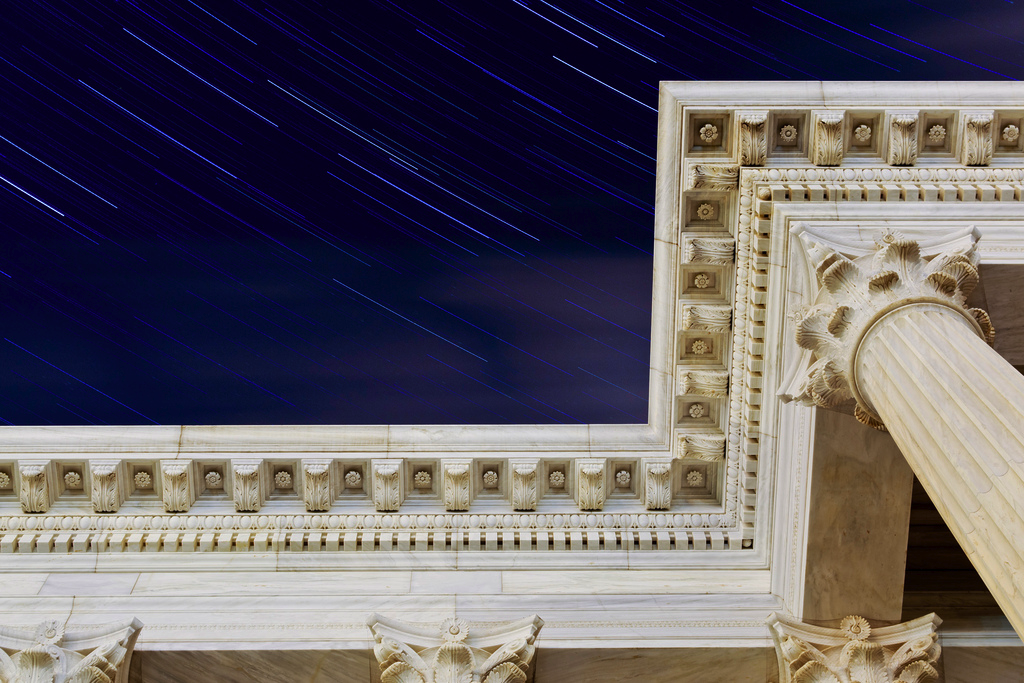“Creation is the Expression of Motion”
The subject of creation is one that affects every person in one way or another, usually in questions posed to oneself: Why are we here? How are we here? What are we? Every culture, every tradition, and every civilization has attempted to approach this concept. It therefore has universal appeal, as much as it is universally visible and apparent. However, mankind has generally tried to answer this question from the perspective of looking at the beginning of creation. ‘Abdu’l-Bahá conversely, in His talk on 24 May 1912, discusses creation in terms of it being a process, rather than it being a phenomenon that occurred at a point in time.
‘Abdu’l-Bahá considers creation as “the expression of motion” and that life is “motion”. This, of course, does not mean that if you throw a ball across a room that it suddenly becomes “alive”. Rather, as I see it, He provides a different framework, or a different worldview. With this notion also comes the ability to draw parallels to other aspects of our lives, such as religion.
Let’s look more closely at when Abdu’l-Bahá discusses religion as a form of creation and what He means when He states that religion “must be living, vitalized, moving and progressive”. If religion is a form of creation, it must necessarily portray those very characteristics of creation. Otherwise, if it lacks these characteristics of motion, it is useless, and can be discarded. “It is not reasonable that man”, He explains, likening a static religion to dried-up tree, “should hold to the old tree, claiming that its life forces are undiminished, its fruit unequaled, its existence eternal.”
Religion, therefore, requires motion in order for it to provide the guidance and direction mankind desperately craves. But religion can only be characterized by motion if its adherents are moving! This means that each adherent has the responsibility to “investigate the reality underlying the revealed Word of God” and to contribute actively to the environments in which they live and with the capacities with which they have been endowed. By these simultaneous and complementary actions, the material and spiritual progress of humanity will be effectively safeguarded and preserved.
To close, in thinking about characteristics or types of motion, three unique perspectives about creation come to mind. The first is how motion can be seen as cyclic, like the circulatory system of the human body—the heart functions as a mechanism for the diffusion of blood throughout our bodies. The second is how motion can be regenerative, as in the changing of seasons throughout the year—each season has its purpose, and each is conducive and necessary to the growth and rejuvenation of creation. The third is motion along a continuum, like an open-ended path—there is limitless progress that can be made along the path, and the one, or ones, who are walking it, determine that progress. Maybe these three perspectives have the ability to provide us with new insights and allow us to find greater purpose and responsibility to the world around us.
Photo by Chad Mauger, www.flickr.com/chadmauger



action is necessary for a growing faith~ pray, meditate, study and act from Shoghi Effendi and knowledge, intention, and action is necessary for individual progress